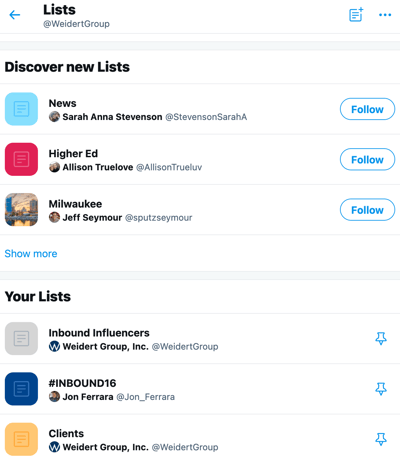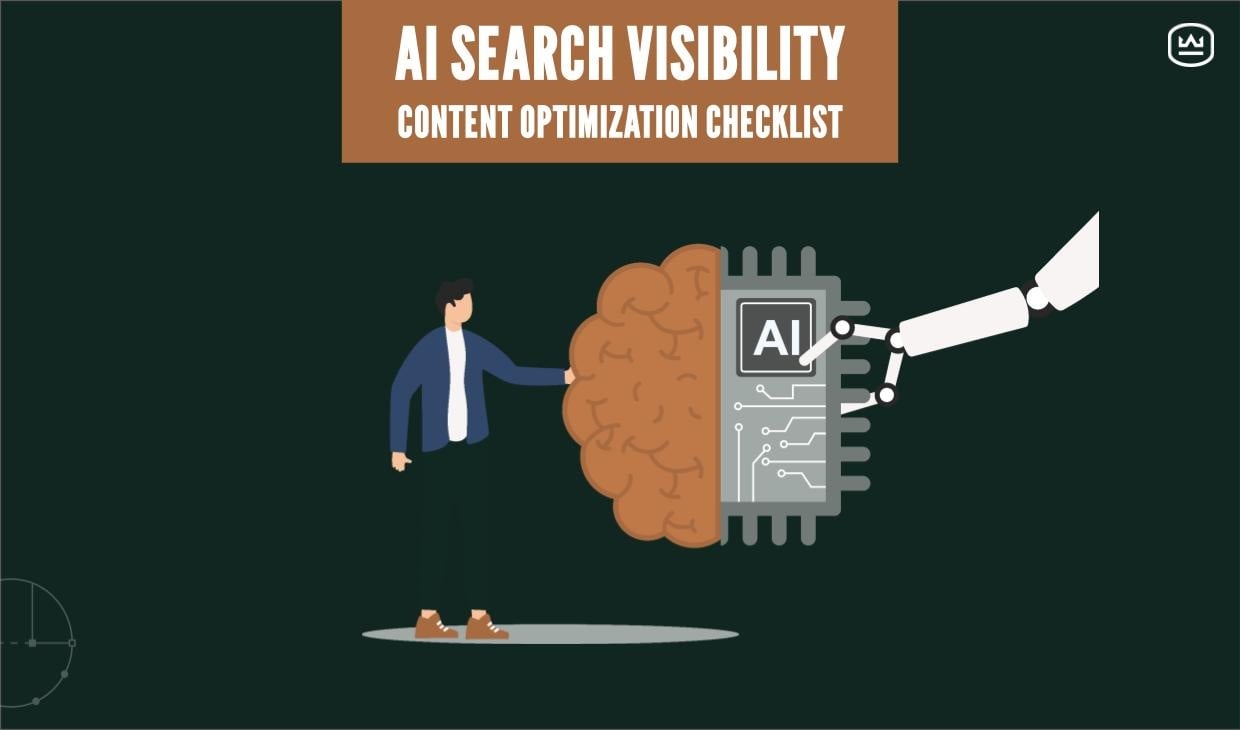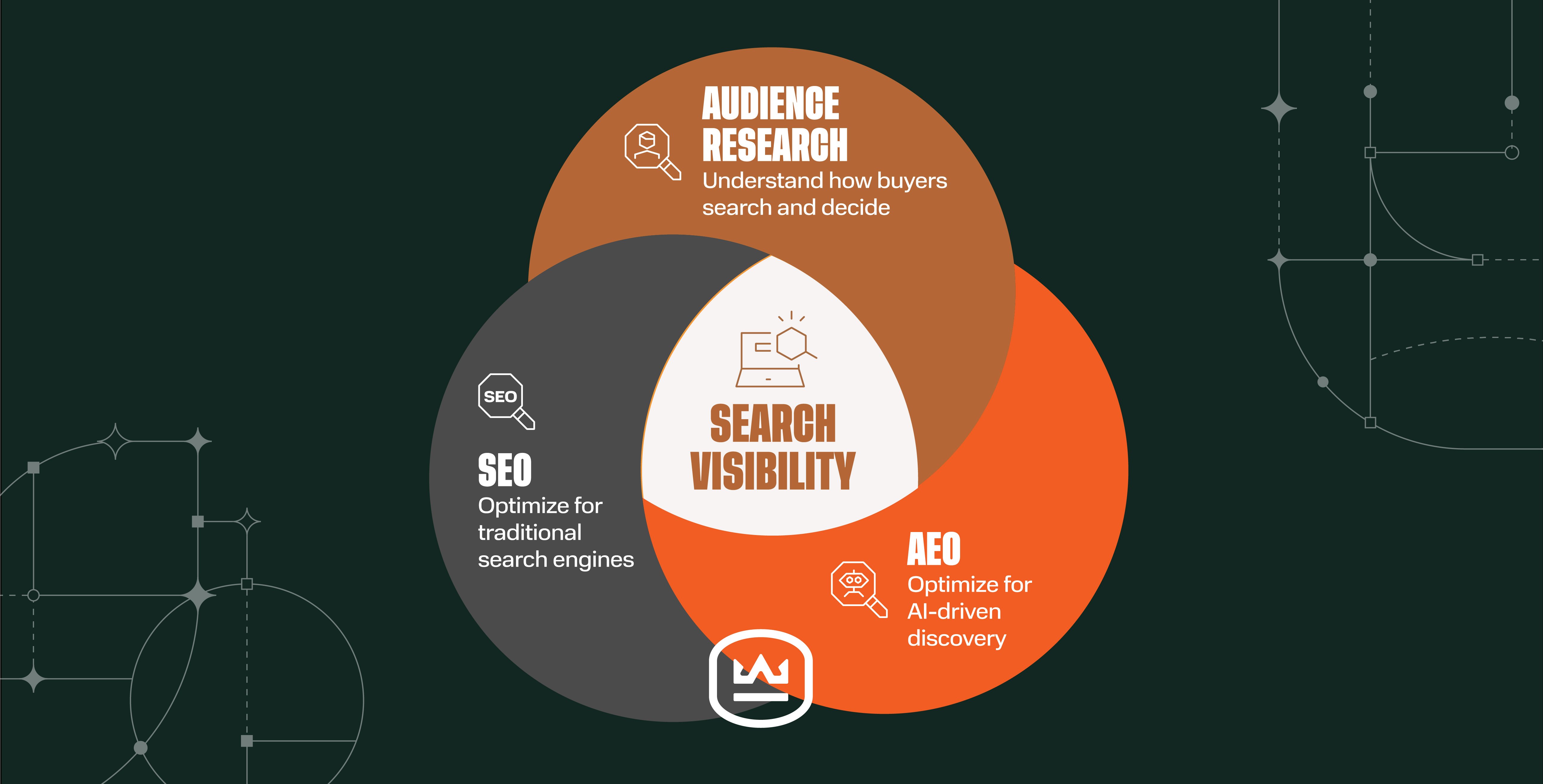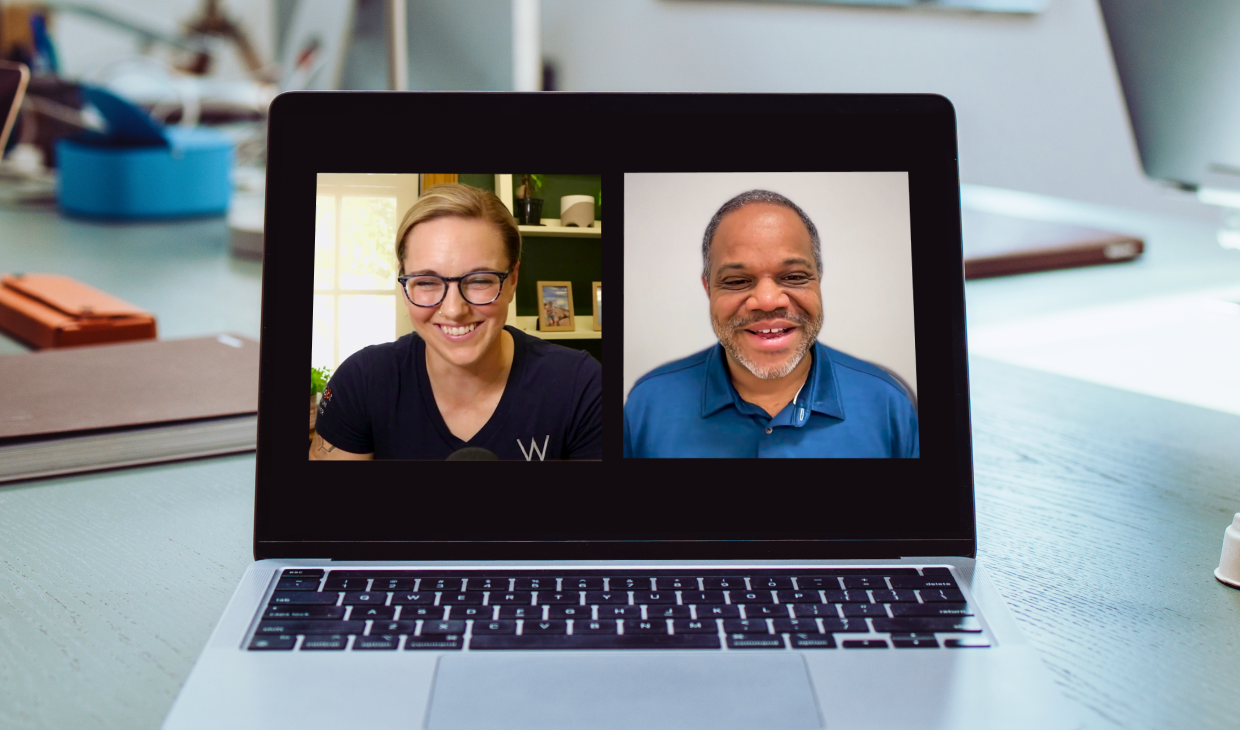What is Social Selling the Inbound Way, and How Can You Get Better Results?
Written by
Social selling, not to be confused with social media marketing, is the process of using social media as a tool to develop and nurture relationships as part of the sales process.
Research shows that the largest portion of time B2B buyers spend while considering a purchase is dedicated to independent online research: 27% of the total.
Evidence also points to the value buyers place on getting helpful information during their research phase — especially B2B buyers facing complex buying processes. In the search for high-quality information, purchasers are spending more and more time online, where they’re influenced by the content they see and the people they connect with on social media.
Social media opportunities for salespeople can include:
- Alerting buyers to updated, valuable information
- Addressing pain points in industry needs and the buying process, while engaging in multilateral conversations
- Maintaining contact throughout long sales processes
- Reducing effort required by the buyer wherever possible
- Driving buyer confidence in your company
- And more
As the digital-first business environment continues to evolve, so does social media etiquette. While LinkedIn is still the primary B2B social media platform, effective social selling in 2021 can also involve Twitter and even Facebook under the right circumstances.
And, if you’re working in HubSpot, social selling support is even easier for you. You can create, schedule, and post across social media platforms to link and amplify your inbound marketing content while engaging with your social media audiences and building relationships.
To help you set a strategy that works in the current state of social selling, here are five of our best B2B social selling tips to deepen relationships and build trusted networks with prospects, current customers, and more:
Prospecting On Social Media
Of all the things social selling is good for, prospecting can be tricky. On LinkedIn, a connection request that a salesperson sends out of the blue can easily come off as aggressive, feeling a lot like the cold calls no one likes to receive. That sense is often reinforced when your message contains an offer or request that reveals you’re in sales at a business that serves their industry.
A more subtle approach may take more time, but it also reduces the risk of turning off prospects from the get-go.
So, what’s a good starting point for kicking off social selling on LinkedIn? Following a prospect’s company page is a good place to start. From there, you can monitor their content, like awards, news, and company blog posts, and give them a like when it’s appropriate. In time, you’ll be a familiar face, and connecting with people who have appropriate job titles won’t seem pushy; remember, it’s about relationship building, and relationships take time and effort.
Twitter, on the other hand, can be a completely different story. Most active tweeters are used to adding several new followers to their social network each week as their posts get exposure, and even direct engagement from time to time doesn't faze them.
Search for key hashtags and target keywords in bios to develop and shape your network. Twitter Lists can help you keep your feed organized for keeping an eye on prospects. Spammy direct messages (DMs) are unwelcome on any platform, but on Twitter, following can lead to engagement with a lighter touch.

Networking and Connecting Authentically
Here’s where LinkedIn becomes very important to your social selling efforts — so it’s absolutely critical that your own LinkedIn profile is up to date and in great shape.
Once you make a real-life connection with someone at a virtual or in-person tradeshow, conference, networking event, webinar, etc., you should always reach out to them soon after on LinkedIn and extend that connection to social media.
There’s no awkward introduction message required; just include a reminder in your connection request of where you met them and what you talked about if you want to continue your discussion. It’s one of the easiest and best ways to grow your network of connections and prospects.
You can also use your close, personal connections to ask for introductions and new connections on LinkedIn. Real-world personal connections like friends, family, colleagues, former classmates and others can put you in touch directly with second-degree connections who may be promising prospects.
Helping Prospects, Leads, and Customers
Once you’ve established connections with prospects and clients, you can slowly start to help them move through the sales funnel by making them aware of the valuable, useful content your company creates that’s relevant to their buyer’s journey. LinkedIn and Twitter are great outlets for sharing your original content as well as third-party industry news that your prospects will find interesting.
If you do this right, you’ll build your reputation as a thought leader among your connections — and 92% of B2B buyers say they’re willing to engage with a sales professional whom they perceive as a known thought leader.
92% of B2B buyers say they’re willing to engage with a sales professional whom they perceive as a known thought leader.
In time, they’ll start engaging with your posts and clicking through to your content. If they find even more valuable, helpful content on your website — even if they’re not ready to purchase — you just successfully led them to a great resource for the research phase of their buying process.
Your interactions on social platforms are also a window to their user experience with your content, as well as competitors’. You can also monitor how people engage with your company page (and competitors’) to listen for frustrations, questions, or comments.
RELATED:
What About Social Upselling?
While a lot of social selling is focused on getting new prospects to become leads and customers, social media is also a great tool for showcasing your services and capabilities to your current clients.
Did you release a new product that’s faster, more efficient, or cost-effective, or has more features than the old version? Make sure your sales reps are talking about it on social media, and enable them with content to support their posts.
Image and video posts can give your sales reps even more to talk about, and they lend themselves easily to sharing, helping further extend your networking opportunities. Here’s an example from a HubSpot account executive:
Building B2B Brand Awareness
Though you won’t convert every single follower into a new customer — especially not right away — every post you and your team create can help grow your brand reputation and awareness. In many B2B industries, companies might take years to make a large purchase or upgrade their resources. It’s a complex process involving online and offline research, buyer group meetings, and a lot of other considerations and work.
In that time, your social selling efforts can help keep your company a top-of-mind option when that time finally does come.
With 84% of C-level leaders using social media as part of their purchasing decision process, it’s crucial for sales teams to dedicate a few hours a week to social selling efforts. When you consider that social sellers are 51% more likely to make their sales quotas — and 90% of top salespeople are already selling using social tools — it should be abundantly clear that social selling is not only effective, it’s indispensable.
You can make sure your LinkedIn profile is ready for all the attention social selling can bring when you download our tip sheet, Maximize Your Manufacturing Sales LinkedIn Profile. You’ll get easy-to-follow best practices to make sure you put your best foot forward and really stand out on the platform. Just click the link below to get yours.
Subscribe To Our Blog
Information. Insights. Ideas. Get notified every time a new Weidert Group blog article is published – subscribe now!
You May Also Like...

Search Engine Optimization
The New Search Visibility Checklist for AI-Era Content Marketing

Search Engine Optimization
SEO Isn’t Dead. It’s Evolving: How B2Bs Can Stay Visible in the Age of AI

Search Engine Optimization
Zero-Click Search and the New Reality: Navigating Changes in Buyer Behavior
Accelerate Your Growth with
Weidert Group
If you’re ready to explore a partnership, request a personalized consultation with our team.


